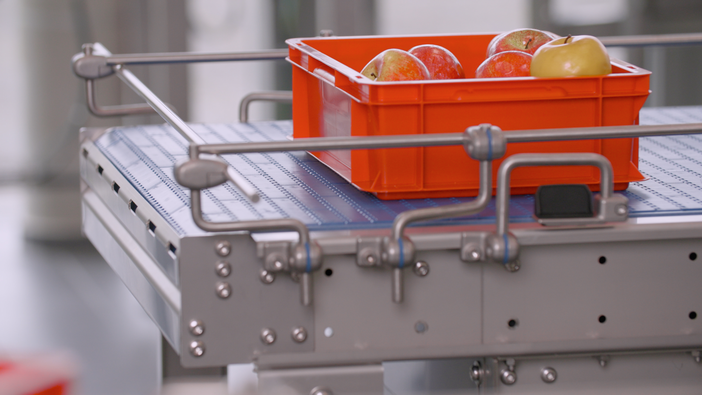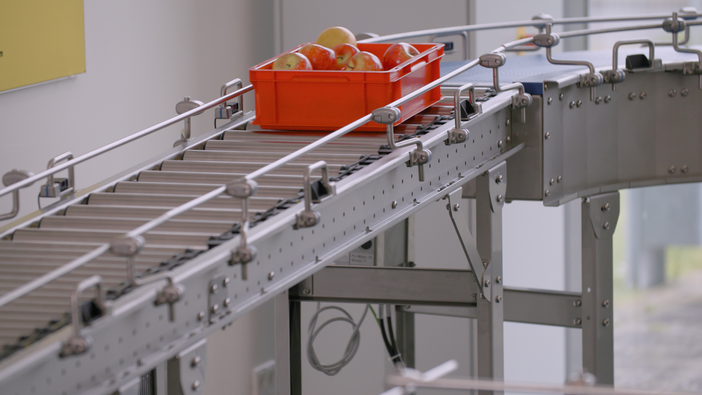Power shift: the battery of the future
by CLAUDIA SELLE on Jul 16, 2024 10:45:00 AM

The future of the automobile belongs to the electric car. But with drivers demanding ever-longer ranges and faster charging times, existing battery technologies are struggling to keep up. Solid-state batteries offer a promising alternative, with the possibility of 1,200 kilometers of travel on a 10-minute charge.
In the world of electric vehicles, the lithium-ion battery (Li-ion) is king. Relatively cheap, efficient and with robust charging capabilities, the high-energy-density technology has enabled carmakers to create and rapidly grow a huge new market in just a few years. But the Li-ion battery may now be close to reaching its zenith in terms of performance. With other technologies fast emerging, could the Li-ion soon lose its throne? Lithium-ion batteries were first introduced to the commercial market by Sony in the early 1990s. Initially, the cells were used in mobile phones, notebooks and cameras. But as higher and higher energy density and safety levels were achieved, the door was opened to a multitude of more demanding applications. By 2012, the upstart electric vehicle manufacturer Tesla was ready to take a chance on Li-ion, with the launch of its Roadster model, the first mass produced lithium-ion battery electric car. The technology has dominated the sector ever since. Today, the future of the automotive market is undoubtedly electric. Driven by climate policies and the success of battery technologies, electric vehicles are increasingly replacing combustion engine vehicles in China, the United States and Europe. But will continuously improved lithium-ion cells be the batteries that power this all-electric future, or is there a better alternative? As it is the superiority of battery technology – not engine technology – that will ultimately determine success in the multibillion-dollar electric vehicle market, this is a highly relevant question.

A Potential Game Changer In A Massive Market
One of the most promising new technologies is the solid-state battery. Its key design difference is that rather than using liquid electrolytes (as is the case in lithium- and sodium-ion batteries), solid-state batteries use a solid electrolyte.. In addition, lithium metal is used at the anode instead of graphite. The advantages are numerous: Solid-state batteries offer very high energy densities, very long service lives and very high safety levels, as solid electrolytes are practically nonflammable. As a result, almost all car manufacturers are investigating the technology. “The solid-state battery can be a real game-changer for electrification,” says Dr. Fabian Duffner at Porsche Consulting. However, solid-state batteries are not a perfect solution – at least not yet. Numerous technical and economic challenges still need to be resolved; for example, producing the cells at scale, integrating them into vehicle systems and establishing robust supply chains. But investment in these challenges is likely to be worthwhile: A market value of more than €400 billion (US $438 billion) by 2035 is at stake, and the introduction of solid-sate batteries would allow automakers to break free from their dependence on cell manufacturers.
Curious how Interroll's Conveying Solutions help you significantly reduce your overall electricity consumption?
Longer Range, Faster Charging And Coming To A Store Near You
Toyota, the world’s largest car manufacturer, has already demonstrated the promise of solid-state batteries. Its researchers have developed a new manufacturing process that promises to halve the size, cost and weight of previous battery solutions. This will enable vehicles equipped with a solid-state battery to achieve a range of 1,200 kilometers (745 miles) on a charge of just 10 minutes. This also makes electric cars interesting for long-distance drivers. The Japanese company aims to introduce a solid-state series-production vehicle as early as 2027. Other automakers are also piling in. The Chinese manufacturer Nio, for example, has already launched a vehicle – its ES6 model – that runs on semi-solid-state battery technology. It has a claimed range of almost 950 kilometers. Volkswagen, meanwhile, has invested more than 300 million euros in the listed US company QuantumScape.
Only recently, a battery prototype from both companies has achieved a service life equivalent to around 500,000 kilometers of driving. BMW, thanks to its cooperation with the US battery manufacturer Solid Power, in which Ford is also invested, is already building prototype production lines for solid-state batteries. And Mercedes-Benz wants to use a solid-state battery, developed with the Taiwanese company ProLogium, in selected production models in the second half of this decade. A ProLogium factory with a capacity of 48 gigawatt hours is set to begin deliveries in Dunkerque, France, from 2027. Manufacturers such as Stellantis and Hyundai-Kia, on the other hand, are relying on the US solid-state specialist Factorial Energy. There is a lot riding on these investments. The type of solid-state battery technology used and production capacities inform the construction of new gigafactories, meaning early mistakes could be costly. But for those automakers that get it right, solid-state batteries have the potential to power them to a bright electric future.
Download our Energy Efficiency Issue Paper and Learn more about how to tackle your energy efficiency challenge!

Learn more about how to handle the challenge of Energy Efficiency and download our Issue Paper here.
Are you looking for expert advice on how to implement significant energy-saving solutions?
You May Also Like
These Related Stories

Feeding the future

Packed Food Conveying Technology: 6 Pro Tips to Boost Energy Efficiency


